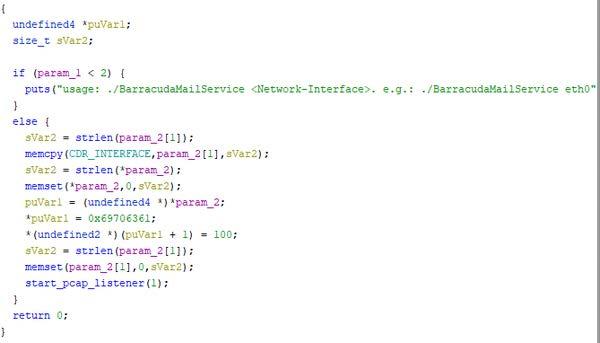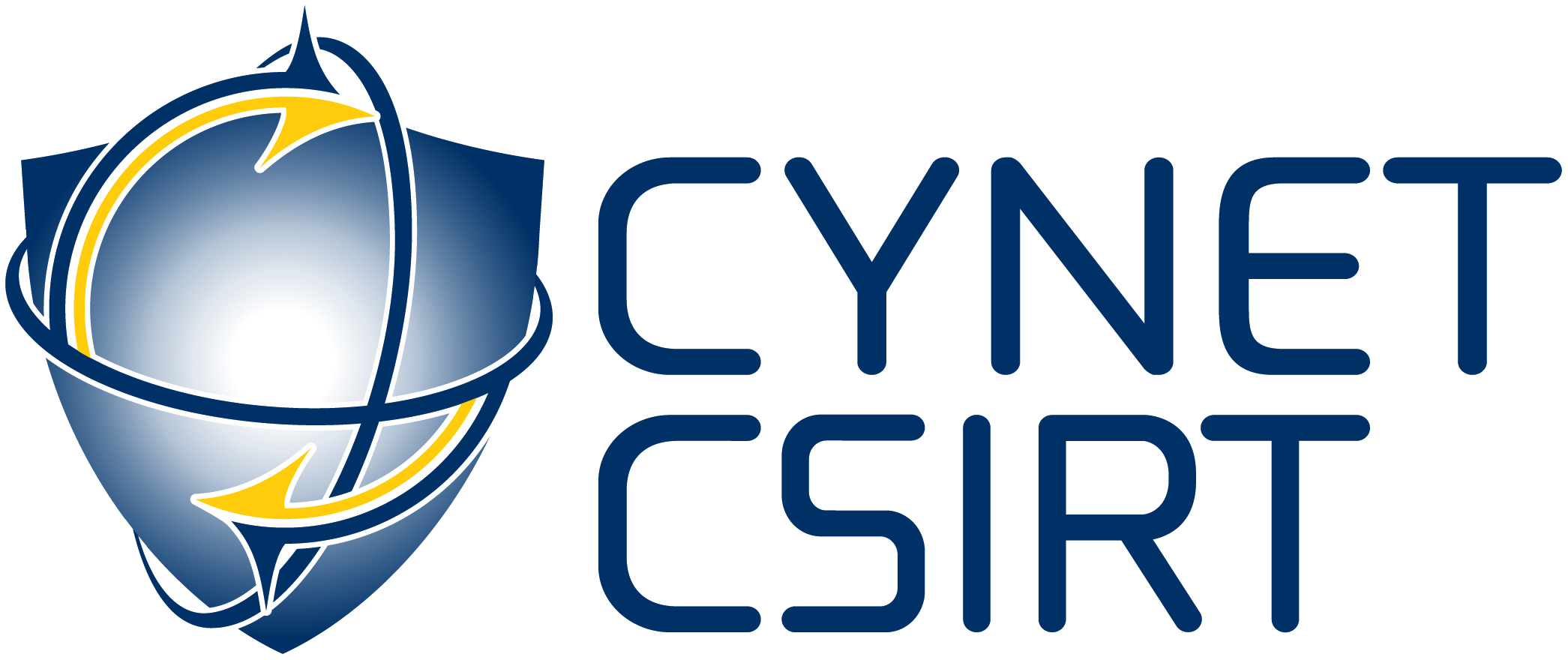NotificationThis report is provided “as is” for informational purposes only. The Department of Homeland Security (DHS) does not provide any warranties of any kind regarding any information contained herein. The DHS does not endorse any commercial product or service referenced in this bulletin or otherwise. This document is marked TLP:CLEAR–Recipients may share this information without restriction. Sources may use TLP:CLEAR when information carries minimal or no foreseeable risk of misuse, in accordance with applicable rules and procedures for public release. Subject to standard copyright rules, TLP:CLEAR information may be shared without restriction. For more information on the Traffic Light Protocol (TLP), see http://www.cisa.gov/tlp. SummaryDescriptionCISA obtained two SEASPY malware samples. The malware was used by threat actors exploiting CVE-2023-2868, a former zero-day vulnerability affecting versions 5.1.3.001-9.2.0.006 of Barracuda Email Security Gateway (ESG). SEASPY is a persistent and passive backdoor that masquerades as a legitimate Barracuda service “BarracudaMailService” that allows the threat actors to execute arbitrary commands on the ESG appliance. For information about related malware, specifically information on the initial exploit payload and other backdoors, see CISA Alert: CISA Releases Malware Analysis Reports on Barracuda Backdoors. Download the PDF version of this report: For a downloadable copy of IOCs associated with this MAR in JSON format, see: Submitted Files (2)3e21e547cf94cb07c010fe82d6965e5bd52dbdd9255b4dd164f64addfaa87abb (BarracudaMailService.1) 69935a1ce0240edf42dbe24535577140601bcf3226fa01e4481682f6de22d192 (6931018-BarracudaMailService.2) Findings69935a1ce0240edf42dbe24535577140601bcf3226fa01e4481682f6de22d192Tagstrojan Details–>
Antivirus
YARA Rules
ssdeep MatchesNo matches found. DescriptionThis artifact is a 64-bit ELF file that has been identified as a “SEASPY” malware variant installed as a system service. The sample is a persistent backdoor that masquerades as a legitimate Barracuda Networks service. The malware is designed to listen to commands received from the Threat Actor’s (TA) Command-and-Control (C2) through Transmission Control Protocol (TCP) packets. When executed, the malware uses libpcap sniffer to monitor traffic for a magic packet on TCP port 25 (SMTP) and TCP port 587. It checks the network packet captured for a hard-coded string “oXmp”. Note: This hard-coded string may change for other SEASPY variants. When the right sequence of packet is captured, it establishes a TCP reverse shell to the TA’s C2 server for further exploitation. This allows the TA to execute arbitrary commands on the compromised system. The malware is based on an open-source backdoor program named “cd00r” and it is executed using the parameter below: –Begin argument— Screenshots Figure 1. – This is disassembler output showing how the malware checks the parameters that the malware was executed with. 3e21e547cf94cb07c010fe82d6965e5bd52dbdd9255b4dd164f64addfaa87abbTagstrojan Details–>
Antivirus
YARA Rules
ssdeep MatchesNo matches found. DescriptionThis artifact is a 64-bit ELF file that has been identified as a “SEASPY” malware variant installed as a system service. This sample has the sample malicious capabilities as BarracudaMailService.2 (5d6cba7909980a7b424b133fbac634ac). The only difference between the binaries is located in the function named “start_pcap_listener”. In the function “start_pcap_listener” both binaries call a function named “reverse shell” to start the reverse shell functionality of the malware. The difference is that BarracudaMailService.1 (32ffe48d1a8ced49c53033eb65eff6f3) jumps directly to the set of instructions that start the reverse shell, as opposed to BarracudaMailService.2 (5d6cba7909980a7b424b133fbac634ac), which contains an extra set of instructions before jumping to the instructions that start the reverse shell. RecommendationsCISA recommends that users and administrators consider using the following best practices to strengthen the security posture of their organization’s systems. Any configuration changes should be reviewed by system owners and administrators prior to implementation to avoid unwanted impacts.
Additional information on malware incident prevention and handling can be found in National Institute of Standards and Technology (NIST) Special Publication 800-83, “Guide to Malware Incident Prevention & Handling for Desktops and Laptops”. Contact Information
CISA continuously strives to improve its products and services. You can help by answering a very short series of questions about this product at the following URL: https://us-cert.cisa.gov/forms/feedback/ Document FAQWhat is a MIFR? A Malware Initial Findings Report (MIFR) is intended to provide organizations with malware analysis in a timely manner. In most instances this report will provide initial indicators for computer and network defense. To request additional analysis, please contact CISA and provide information regarding the level of desired analysis. What is a MAR? A Malware Analysis Report (MAR) is intended to provide organizations with more detailed malware analysis acquired via manual reverse engineering. To request additional analysis, please contact CISA and provide information regarding the level of desired analysis. Can I edit this document? This document is not to be edited in any way by recipients. All comments or questions related to this document should be directed to the CISA at 1-888-282-0870 or CISA Service Desk. Can I submit malware to CISA? Malware samples can be submitted via three methods:
CISA encourages you to report any suspicious activity, including cybersecurity incidents, possible malicious code, software vulnerabilities, and phishing-related scams. Reporting forms can be found on CISA’s homepage at www.cisa.gov. AcknowledgmentsMandiant contributed to this report. |
||||||||||||||||||||||||||||||||||||||||||||||||
